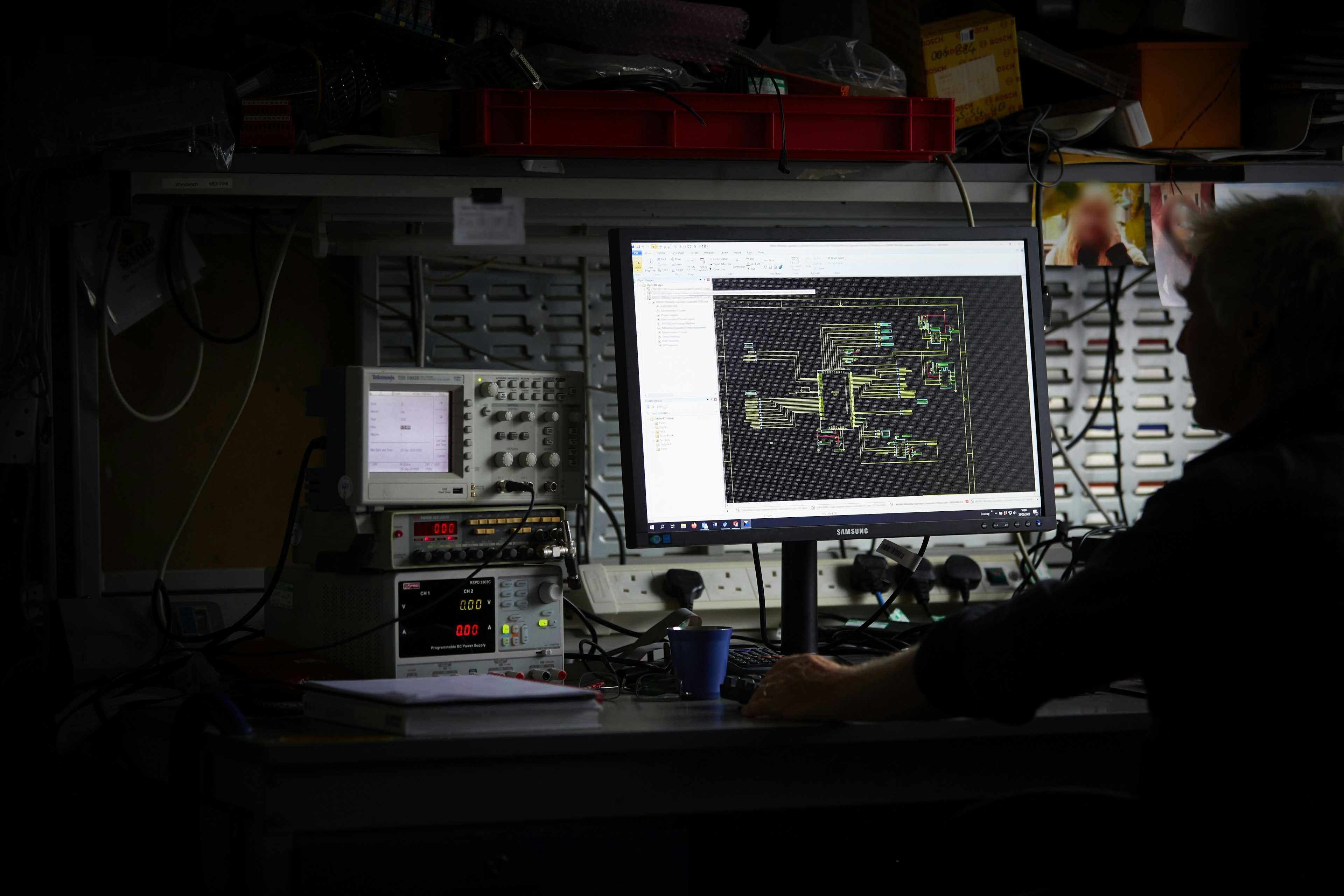Knowledgebase
Fast FID Principles
The flame ionisation detector (FID) is the automotive emissions industry standard method of measuring hydrocarbon (HC) concentration.
CPMA Animation
The CPMA uses opposing electrical and centrifugal fields to classify particles, with the ability to vary the electrical field and rotation speed to select different particle masses.
Animations
AAC Animation
The AAC may be thought of as translating the DMA into a rotating frame, where the electrical force on the particles is replaced by a centrifugal force.
CPMA Animation
The CPMA uses opposing electrical and centrifugal fields to classify particles, with the ability to vary the electrical field and rotation speed to select different particle masses.
DMS Animation
The DMS500 uses electrical mobility measurements to produce particle size / number spectra between 5 nanometres and 2.5 microns.
Indoor Air Quality
Cooking and toasters
Kitchens can be a major source of indoor air pollution, with activities such as cooking bacon and making toast causing significant emissions of nanoparticles.
Emissions from a desktop 3D printer
3D printing is becoming increasingly common for DIY project, but it can have a significant impact on indoor air quality.
Nanoparticles from a wood stove
Is it justified to consider wood stoves as a significant source of indoor air pollution? Measurements with a DMS500 offer some initial insight.
Learn
CLD Principle
A chemi-luminescence detector (CLD) is the industry standard method of measuring nitric oxide (NO) concentration.
DBD Principle
The OZY-GEN utilises the DBD principle to generate ozone (O₃).
Fast FID Principles
The flame ionisation detector (FID) is the automotive emissions industry standard method of measuring hydrocarbon (HC) concentration.
Flame photometry
Flame photometry can be used to track particles dispersion with high sensitivity and specificity.
LIF Principle
Laser Induced Fluorescence (LIF) is a rapid method for measuring the concentration of Nitrogen Dioxide (NO₂)
NDIR Principle
Non-Dispersive Infra-Red (NDIR) detectors are the industry standard method of measuring the concentration of carbon oxides (CO & CO2).
The DMS500 with CSA
A webinar given by Dr Jon Symonds on how the combination of the DMS500 with the Catalytic Stripper Accessory (CSA) gives the market leading fastest possible measurements of solid particulate size, number and mass, above or sub-23 nm, for Euro 6, Euro 7 and beyond.
Outdoor Air Quality
Clean Air Zones (CAZ), Low Emission Zones (LEZ) and Ultra-Low Emission Zones (ULEZ)
Often, a more in-depth analysis is required to identify paths to improving air quality.
Fast On-Board Measurement for Calibration and Air Quality
The Fast Response of the CLD50 allows events occurring within a smaller timeframe to be accurately characterised; allowing for a greater insight in the pollutant quantity and the potential source.
Fleet Vehicle Assessment
Companies have a growing responsibility to maintain their own fleets in accordance with Government guidelines.
Identifying Gross Emitters
Gross Emitters are responsible for the vast majority of inner city pollution.
Pedestrian and Cyclist Exposure to NOx Pollution
Simulating the experience of a pedestrians and cyclists alike is an important part of ensuring public health.
Tutorials
AAC Tutorial
A practical tutorial on the Aerodynamic Aerosol Classifier, presented by Dr Jon Symonds, originally produced for the virtual AAAR conference 2020. Includes taking data, and cleaning.
NDIR Cleaning Video
Guide to cleaning the sample head of a Cambustion NDIR500 fast CO & CO2 analyser.
Need more information? Connect to an expert
